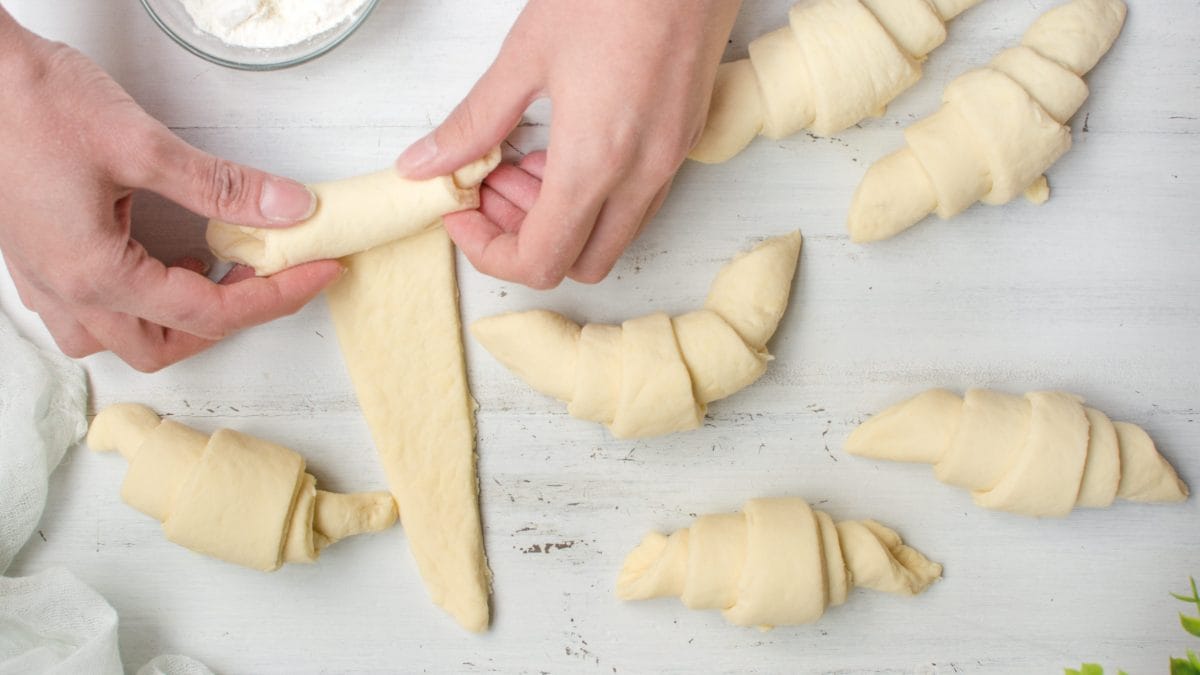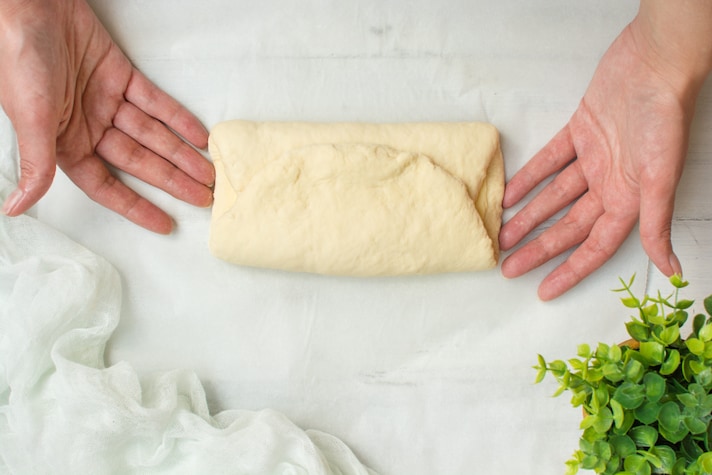
When it comes to baking, some foods demand more than just the basics. Croissants, that buttery, flaky delight, are one of those special treats. But here’s the kicker—if you're using standard butter in your croissant dough, you're making a huge mistake. Sure, it may seem like a convenient option, but trust me, it’s not the key to achieving those perfectly light, airy layers. The truth? Only the right kind of butter will give your croissants the texture and flavor you’re dreaming of.
The Secret Behind the Flaky Layers
If you’ve ever bitten into a croissant and experienced the delicate layers unfold with each bite, you know it’s something magical. Achieving that flaky texture requires precision, and here’s where the butter comes in. Standard butter, often referred to as “regular butter,” doesn’t have the right balance of fat and water to create those signature layers. To get the proper flakiness, you need European-style butter—which has a higher fat content (about 82%) than standard butter, which typically only has around 80%. This small difference makes a world of impact when it comes to texture.

Butter’s Role in Lamination
Baking croissants isn’t just about mixing ingredients; it’s a process of lamination, where dough and butter are folded together repeatedly to create thin layers. Standard butter, because of its water content and lower fat percentage, doesn’t create that smooth, pliable texture required for lamination. European-style butter, on the other hand, behaves much better in this process. It rolls out without breaking and stays cold longer, creating those thin layers that, once baked, puff up beautifully. If you use standard butter, your dough will likely tear or melt too quickly, leading to dense, uneven layers rather than that buttery, flaky texture we all crave.
Why You Need European Butter
It’s not just about texture—flavor plays a huge part in why you should choose European-style butter over the regular stuff. Standard butter tends to have a more neutral flavor, while European butter is rich, creamy, and more nuanced. The higher fat content contributes to a deeper, more satisfying taste that complements the lightness of the croissant. If you use regular butter, you might end up with a croissant that’s too bland, lacking the luxurious, rich flavor that makes this pastry stand out. Sure, the butter costs more, but it's worth every penny when you bite into a croissant that tastes just right.

Why the Right Butter Is Worth the Extra Effort
Yes, European-style butter is pricier than the typical stick of butter you might have sitting in your fridge, but let’s be real—it’s an investment in your baking. Using the right butter ensures that your croissants come out the way they should—golden brown, light as air, and bursting with rich flavor. While it’s tempting to cut corners and save a few bucks with standard butter, the result won’t compare to the flaky, indulgent croissants you get with European butter. Plus, the process of making croissants is already a labor of love, so why not use the best ingredients to get the most out of your effort?
;Resize,width=767;)
